In today’s market, consumers are presented with a wide array of choices when purchasing shoes. One of the most common dilemmas faced by buyers is choosing between synthetic leather shoes and leather shoes. While both options have their advantages and disadvantages, it is essential to understand the key differences between the two before making a purchase. This article aims to provide an analysis of synthetic leather shoes versus leather shoes, enabling consumers to make an informed decision. Durability and Longevity: Leather shoes are renowned for their durability and longevity, often outlasting their synthetic counterparts. Genuine leather possesses remarkable strength and is known to withstand wear and tear, making it an excellent investment for long-term use. In contrast, synthetic leather shoes may not be as resilient and can show signs of wear after prolonged use. However, technological advancements have enabled manufacturers to produce high-quality synthetic materials that offer improved durability, rivaling that of leather. Comfort and Breathability: One of the significant considerations when selecting footwear is comfort.
.
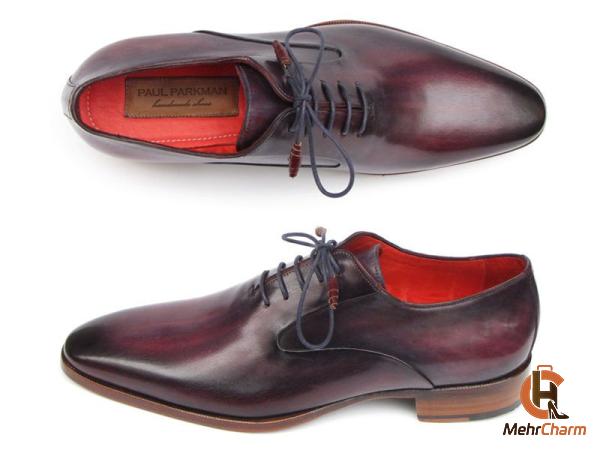 Leather shoes are preferred by many due to their ability to provide a comfortable and breathable experience for the wearer. The natural properties of leather, such as its ability to absorb moisture and release heat, contribute to better airflow, thus reducing the chances of sweaty and uncomfortable feet. Synthetic leather shoes have made advancements in recent years to enhance breathability. However, they may still fall short compared to their leather counterparts in terms of providing optimum comfort, especially during extended use or warmer climates. Aesthetics and Style: The aesthetic appeal and style of a shoe play a vital role in consumers’ decision-making process. Leather shoes, with their exquisite and sophisticated appearance, have a timeless allure that cannot be replicated by synthetic materials. Leather exhibits a natural grain pattern and rich textures, enhancing the overall aesthetics of the footwear. However, synthetic leather shoes have come a long way in terms of imitating the appearance of real leather.
Leather shoes are preferred by many due to their ability to provide a comfortable and breathable experience for the wearer. The natural properties of leather, such as its ability to absorb moisture and release heat, contribute to better airflow, thus reducing the chances of sweaty and uncomfortable feet. Synthetic leather shoes have made advancements in recent years to enhance breathability. However, they may still fall short compared to their leather counterparts in terms of providing optimum comfort, especially during extended use or warmer climates. Aesthetics and Style: The aesthetic appeal and style of a shoe play a vital role in consumers’ decision-making process. Leather shoes, with their exquisite and sophisticated appearance, have a timeless allure that cannot be replicated by synthetic materials. Leather exhibits a natural grain pattern and rich textures, enhancing the overall aesthetics of the footwear. However, synthetic leather shoes have come a long way in terms of imitating the appearance of real leather.
..
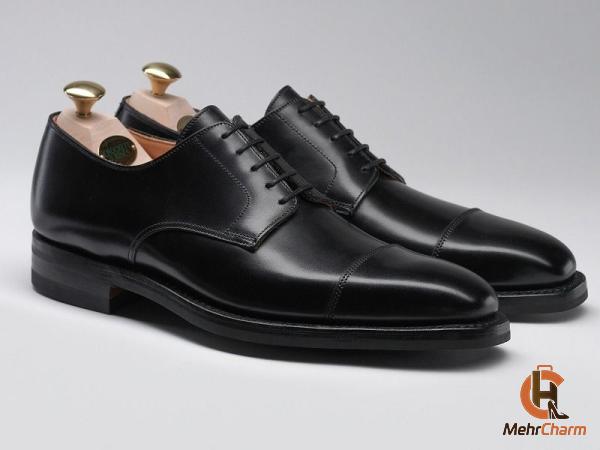 Manufacturers employ innovative techniques to mimic grains, textures, and finishes that closely resemble genuine leather, offering consumers an affordable and stylish alternative. Sustainability and Environmental Impact: In recent years, there has been a growing concern about sustainability and the environment. Leather shoes raise ethical questions about animal cruelty, as they are derived from animal hides. Conversely, synthetic leather shoes, being man-made, do not require the use of animal products. However, the production of synthetic materials often involves the use of chemicals and petroleum-based substances, which can have adverse effects on the environment. It is important for consumers to consider their personal values and make a choice that aligns with their ethical and environmental beliefs. Cost and Affordability: Budget is a key factor for many buyers when choosing between synthetic leather shoes and leather shoes. Leather, as a natural material, tends to be more expensive than synthetic alternatives.
Manufacturers employ innovative techniques to mimic grains, textures, and finishes that closely resemble genuine leather, offering consumers an affordable and stylish alternative. Sustainability and Environmental Impact: In recent years, there has been a growing concern about sustainability and the environment. Leather shoes raise ethical questions about animal cruelty, as they are derived from animal hides. Conversely, synthetic leather shoes, being man-made, do not require the use of animal products. However, the production of synthetic materials often involves the use of chemicals and petroleum-based substances, which can have adverse effects on the environment. It is important for consumers to consider their personal values and make a choice that aligns with their ethical and environmental beliefs. Cost and Affordability: Budget is a key factor for many buyers when choosing between synthetic leather shoes and leather shoes. Leather, as a natural material, tends to be more expensive than synthetic alternatives.
…
 Genuine leather shoes offer the advantage of better quality and longevity, making them a worthwhile investment for those willing to spend more. However, synthetic leather shoes provide a more cost-effective option without compromising significantly on style or functionality. Conclusion: When it comes to choosing between synthetic leather shoes and leather shoes, there are various factors to consider. While leather shoes offer unparalleled durability, comfort, and style, synthetic leather shoes have made significant strides in replicating these qualities at a more affordable price. Consider your priorities – be it sustainability, longevity, or budget – and make an informed decision based on your personal preferences. Ultimately, both options have their merits, and it’s up to the individual to choose the shoe that best suits their needs.
Genuine leather shoes offer the advantage of better quality and longevity, making them a worthwhile investment for those willing to spend more. However, synthetic leather shoes provide a more cost-effective option without compromising significantly on style or functionality. Conclusion: When it comes to choosing between synthetic leather shoes and leather shoes, there are various factors to consider. While leather shoes offer unparalleled durability, comfort, and style, synthetic leather shoes have made significant strides in replicating these qualities at a more affordable price. Consider your priorities – be it sustainability, longevity, or budget – and make an informed decision based on your personal preferences. Ultimately, both options have their merits, and it’s up to the individual to choose the shoe that best suits their needs.
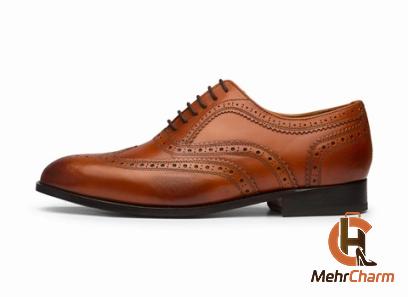
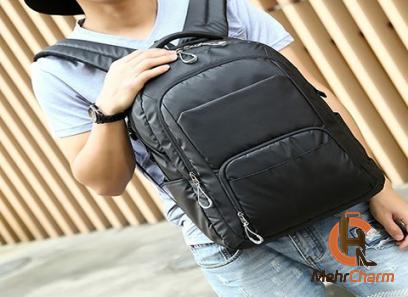
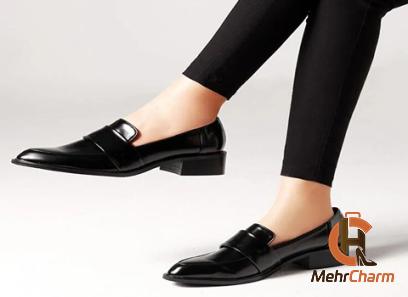
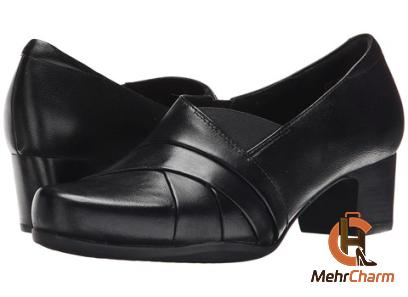

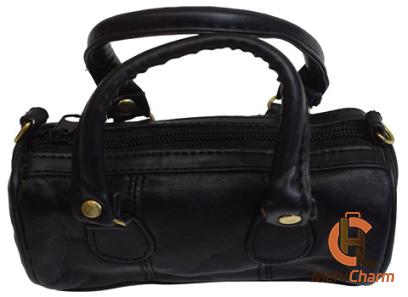

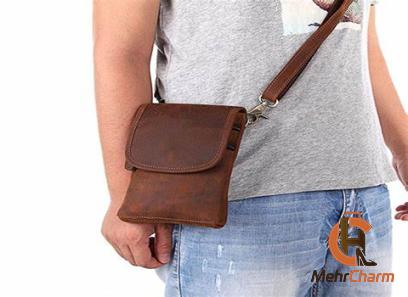

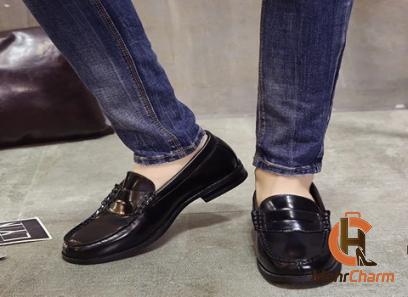
Your comment submitted.